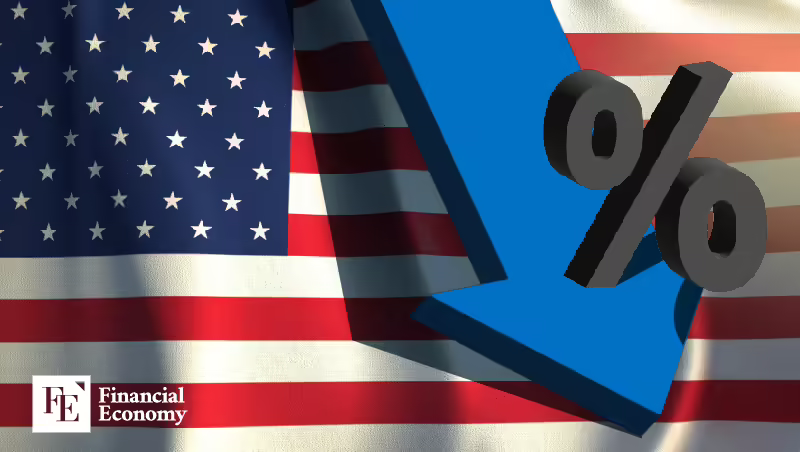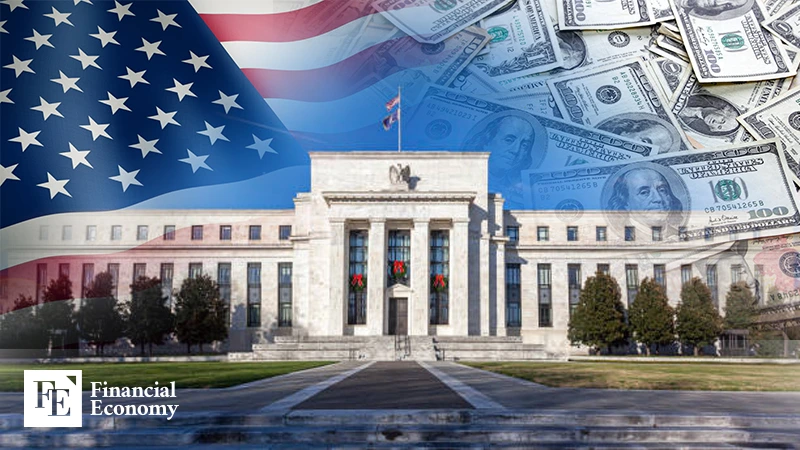U.S. Labor Weakness Deepens, Unusual Low-Layoff/Low-Hiring Pattern Sparks Recession Alarms
Input
Modified
July labor market slowdown pushes long-term unemployed above 1.8 million Corporate hiring freeze curbs new jobs Trump escalates pressure for rate cuts, ousting Fed governors

The U.S. labor market is deteriorating rapidly, stoking fears of a looming recession. Hiring is slowing while long-term unemployment rises, and companies are opting for hiring freezes rather than layoffs, creating what analysts describe as a “fragile equilibrium.” With weakness in employment becoming more pronounced, Jerome Powell, Chair of the Federal Reserve, who had until now held rates steady on inflation concerns, hinted at the possibility of a rate cut in September.
Jobs Shrink but Layoff Rates Remain at Boom-Era Levels
On August 26, the Wall Street Journal reported, “Amid sharply worsening labor indicators, the U.S. is locked in an uneasy balance where firms are neither hiring nor laying off,” adding that “restoring labor-market vitality has become the Fed’s top priority.” According to data from the Department of Labor and the St. Louis Fed, the June hiring rate stood at 3.3%, well below the 4.6% recorded in November 2021 at the peak of the boom. New job creation in July totaled just 73,000, far below economists’ projections of 110,000, while May and June figures were revised down, leaving the monthly average at only 35,000.
Long-term joblessness is also climbing. The Labor Department’s employment report shows more than 1.8 million people remained unemployed for 27 weeks or longer in July — the highest level since 2017 outside the pandemic. They accounted for one-quarter of all jobless workers, up from 20% a year earlier. The jobless rate ticked up 0.1 percentage point to 4.2%, with the total number of unemployed rising to 7.236 million. Labor force participation fell to 62.2%, the lowest since 2022, while the broad U-6 measure of underemployment rose from 7.7% to 7.9%.
Wage disparities are widening. Data from the Atlanta Fed show earnings for the bottom quartile of workers, earning under $806 per week, rose just 3.7% year-on-year, while wages for the top quartile, making over $1,887 per week, climbed 4.7%. Despite mounting weakness, layoff rates remain low. The June layoff rate stood at 1%, nearly identical to the 0.9% recorded in 2021. Layoffs in June totaled 47,999, the lowest this year. Analysts note that firms are freezing or slowing hiring rather than cutting staff.
One-Third of U.S. Already in Recession, Government Job Cuts Bite
This rare pattern of low layoffs and weak hiring has amplified warnings of a downturn. Barclays cautioned in an August 25 report that “employment data now reflect a slowdown in growth, leaving the U.S. economy vulnerable to recession,” adding that stagnation could last more than a year and that the probability of a downturn within the next eight quarters was around 50%.
Mark Zandi, chief economist at Moody’s Analytics, also warned the economy is in a high-risk state. “Roughly one-third of U.S. GDP is already in recessionary states, or on the verge of it,” he said, noting the Washington, D.C. area is hit particularly hard by reductions in government jobs. “The South remains relatively stable but growth is slowing, while California and New York — together accounting for one-fifth of GDP — will determine how long recession can be averted.”
Zandi said Moody’s machine-learning indicators show a 49% chance of recession within the next 12 months. While tax cuts and increased defense spending could provide some lift, he warned the impact would not materialize until next year. “The baseline outlook is narrowly avoiding recession, but with little cushion,” he added, identifying late 2025 and early 2026 as the most vulnerable period. Elevated tariffs and tighter immigration rules, he said, could fuel inflation and erode real household income, undermining consumption.

Powell, Long a Cautious Voice, Hints at September Rate Cut
With labor weakness and recession signals mounting, Powell opened the door to monetary easing in September. At the Jackson Hole symposium on August 22, he said, “Inflation is now much closer to our target, and labor markets have cooled from their overheated state. With the balance of risks shifting, our policy stance must adjust accordingly.” Though he did not explicitly pledge a rate cut, the shift marked a departure from his previous caution on easing.
Powell has clashed repeatedly with President Donald Trump, who has demanded rate cuts to spur growth and ease debt burdens. Powell has insisted that monetary policy not be bent to fiscal or political pressures, while Trump has derided him publicly as a “major loser,” a “knucklehead,” and a “stubborn mule.” Recently, Trump even raised the prospect of Powell’s removal, citing excessive spending on the Fed’s headquarters renovation.
Meanwhile, turnover at the Fed’s board is reshaping its balance of power. On August 2, Governor Adriana Kugler resigned unexpectedly, giving Trump an early appointment opportunity. And on August 26, Governor Lisa Cook was summarily dismissed by presidential order amid allegations of mortgage fraud. Analysts see this as part of a broader strategy to clear the path for rate cuts ahead of September’s policy meeting. With four of seven Fed governors potentially Trump appointees, the White House’s sway over monetary policy could deepen significantly.






















Comment